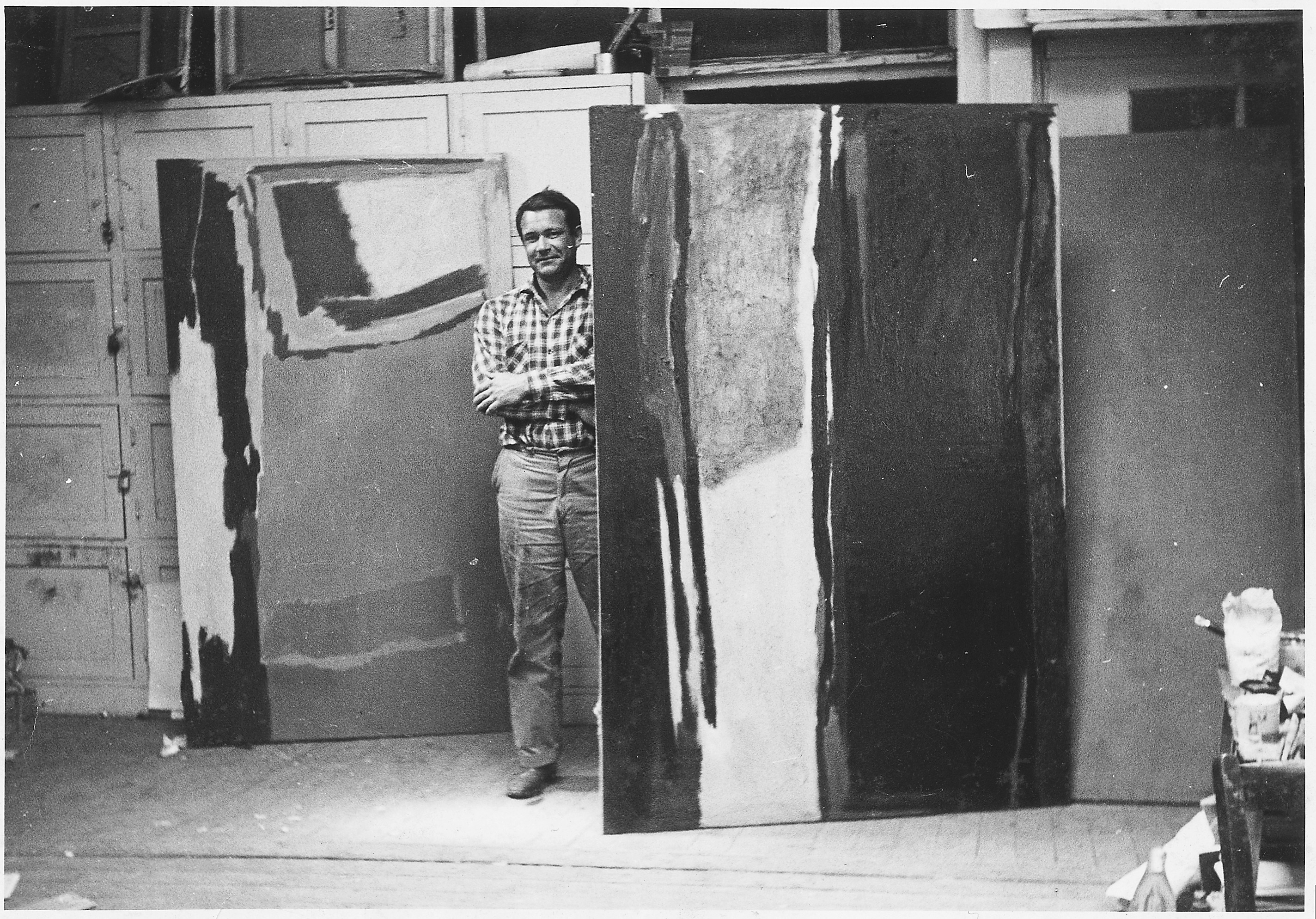Frank Lobdell. Influence of Art History and War
Frank Lobdell spent three days in Pablo Picasso’s retrospective exhibition at the Art Institute of Chicago in 1940, one day entirely devoted to looking at Guernica (1937).1 Lobdell had studied at the Saint Paul School of Fine Arts in 1939–40 and seeing the exhibition—paintings that stirred deep emotion—marked a pivotal moment in the young artist’s career. Two years later, Lobdell became a US Army lieutenant on the frontlines of World War II, and his own horrific memories of war would haunt his paintings thereafter. He returned to art school on the GI Bill, joining a group of mature, war-hardened artists at the California School of Fine Arts (now San Francisco Art Institute) in 1947. Lobdell’s painting was inspired by art history, including the emotion of Picasso and the movement of his Three Dancers (1925; Tate, UK); Rembrandt van Rijn’s transcendent treatment of light, which he’d seen in Lucretia (1666) at the Minneapolis Institute of Art; and Francisco de Goya’s Saturn (1819–23; Prado, Madrid), which proved a significant influence on Lobdell’s brooding, emotionally dense black and white paintings of the 1950s carried out in isolation after he returned to San Francisco from a year of study in Paris.
Susan Landauer, The San Francisco School of Abstract Expressionism (Berkeley: University of California Press, 1996), 142. ↩︎

